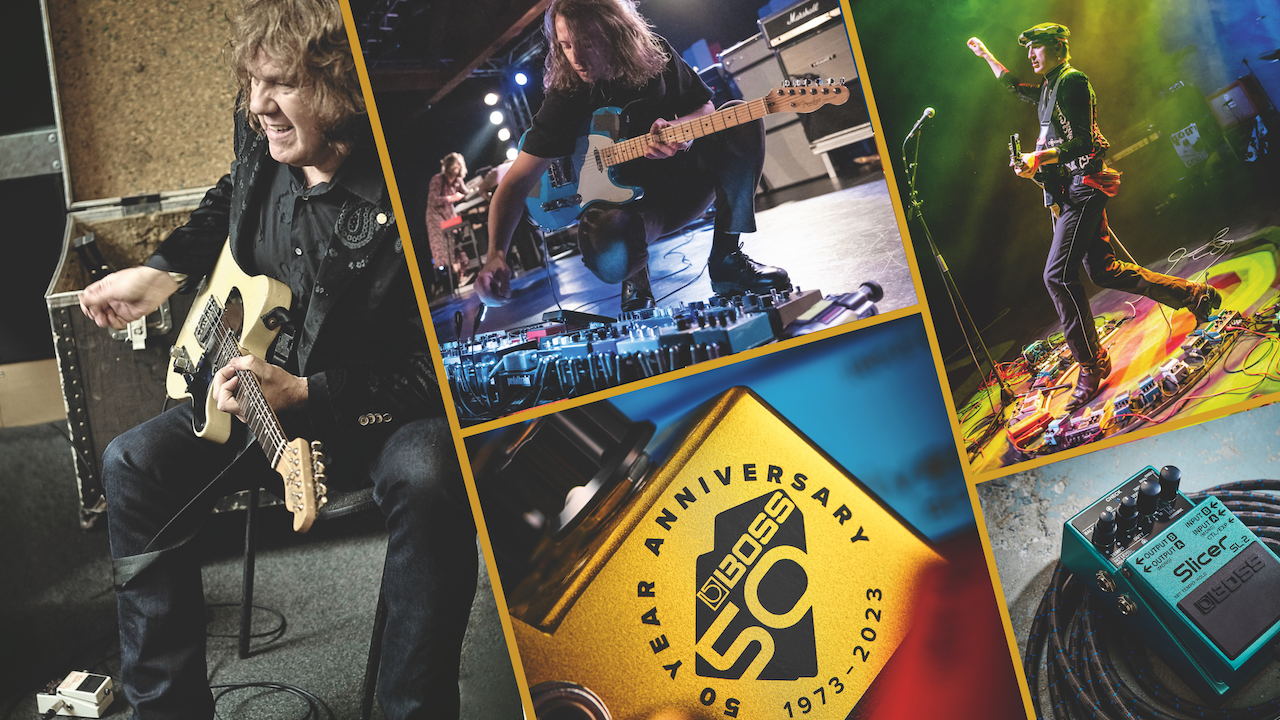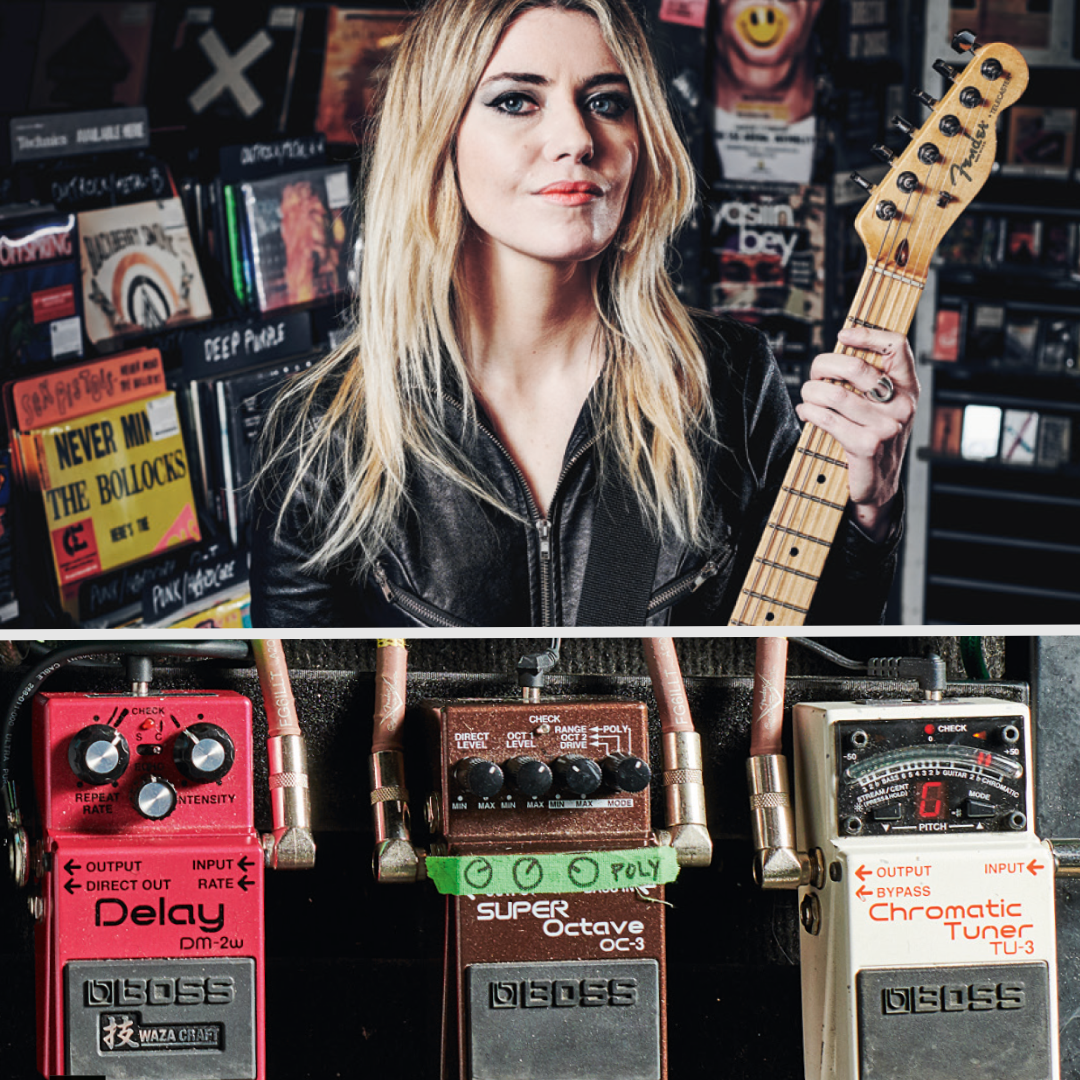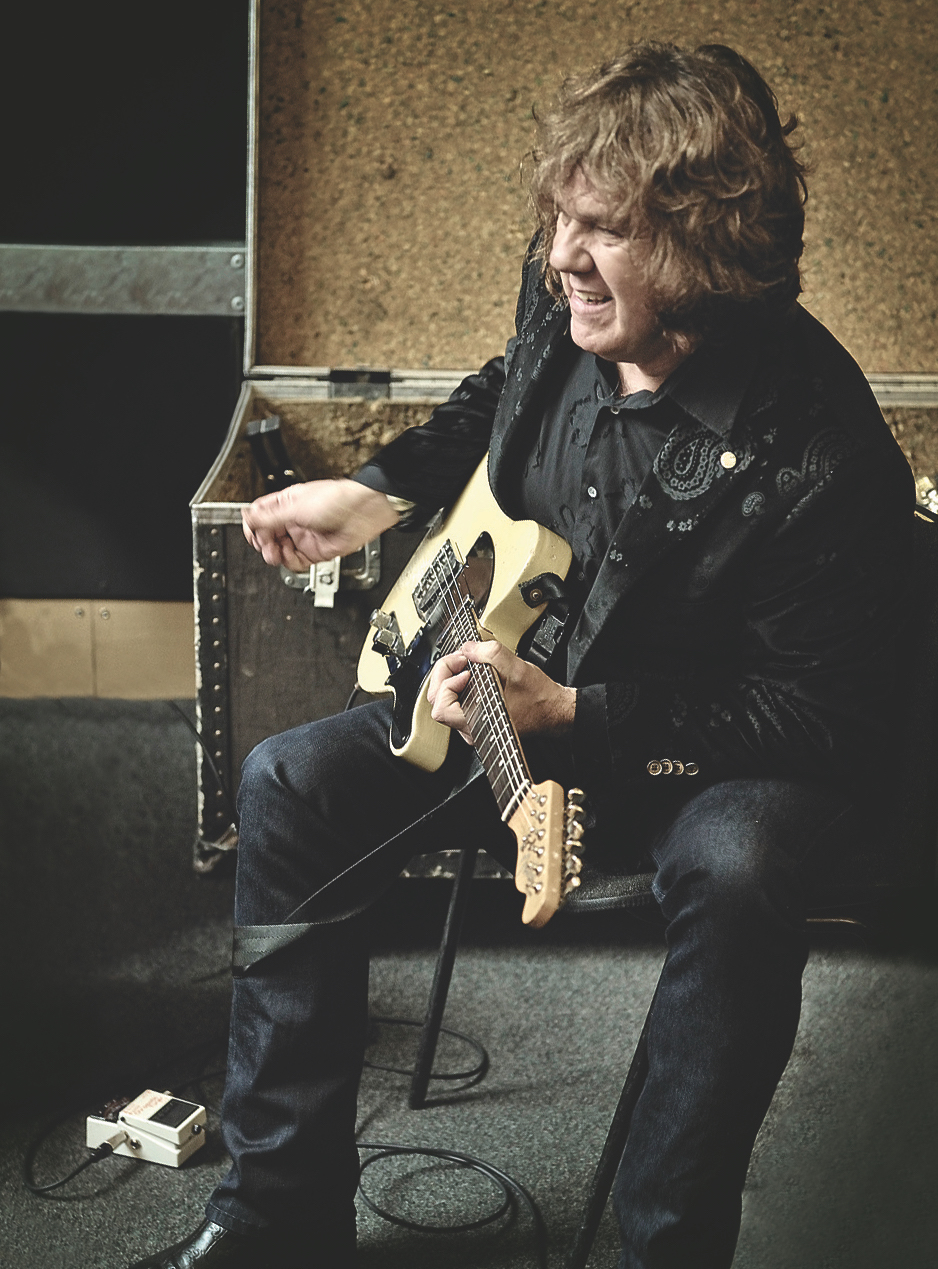“So much music has been inspired by the sound of these little boxes. When BOSS released a new pedal, you simply had to try it out”: How BOSS pedals shaped guitar culture
Inspiring artists and gear designers alike, BOSS gear has shaped much of the last half-century of music. Here, we consider the company’s impact on guitar culture

Half a century is a long time in rock ’n’ roll. Just as we’ve witnessed a thousand bands and genres blow up then burn out since 1973, scanning the archives reveals a long line of gear that launched to fanfare but left the faintest of thumbprints.
With no shortage of game-changing releases to its name – from the world’s first digital delay in the form of the DD-2 to the OD-1 pedal that single-handedly invented the overdrive concept – BOSS could have rested on past glories.
But in 2023, as we find the Japanese company at the heart of the modern music scene, a position it has held for 50 years, it’s a glowing testament to a lifelong ethos of letting the players of each era become the musicians they want to be.
So, what is the secret to BOSS’s enduring status as the brand that built the world’s pedalboard? Perhaps it’s partly down to practical benefits. After all, one of the seismic shifts sparked by BOSS is that effects pedals no longer have the whiff of elitism, but are viewed as everyday tools for working musicians.
BOSS pedals have become a byword for affordability, availability and unbeatable toughness: whoever you are, wherever you’re based, whatever your budget, you can pick one up from your local music shop and trust it to survive on the toughest gig circuit.

“You know, not only did the BOSS sound become the staple,” says Robert Keeley, founder of Keeley Electronics, “but they were also built extraordinarily well. Once BOSS has made a pedal, it just works exactly right. The construction quality, the switching, the buffers – they just provided all the right features to guitar players to make it a truly satisfying experience.”
Just as important, compared with the early effects pedals that typically featured one footswitch, no dials, another BOSS departure was to add onboard tone-shaping features that let players of every persuasion dig out their signature sound.
Get The Pick Newsletter
All the latest guitar news, interviews, lessons, reviews, deals and more, direct to your inbox!
“It’s one thing to say that a chorus pedal sounds great, but it’s another to be so inspired by the sound that you create a tune around it,” says Daniel Steinhardt of That Pedal Show. “This, I think, is the most significant contribution made by BOSS. So much music has been inspired by the sound of these little boxes. When BOSS released a new pedal, you simply had to try it out.”
Infinitely flexible and accessible to all, it’s no surprise that BOSS gear has been used on countless landmark recordings since 1973. Yet what’s most interesting to note is that these products are not tied to any one single genre but bend to the vision of whoever plugs them in.
The Cure’s Robert Smith, Steve Vai, Kurt Cobain and Glenn Frey of the Eagles are players with nothing obvious in common, but all have used the DS-1 Distortion in wildly different contexts. While Josh Homme, Kirk Hammett, Joe Perry and Kevin Shields of My Bloody Valentine are unlikely to appear on the same festival bill, the DD-7 Delay has featured on the pedalboards of all four.

As for the TU-3 Chromatic Tuner, it’s a strong contender for the world’s most ubiquitous pedal. “That one is my favorite – it makes everything else sound good,” says Lzzy Hale of Halestorm. “You can have the best pedals in the world, but if the guitar’s out of tune…”
Genre aside, rolling generations of musicians have found a place for BOSS gear at the heart of their pedalboards. Old-school virtuosos like Eric Johnson, Joe Satriani and Gary Moore might have been early adopters, but they passed the baton to Mark Bowen and Lee Kiernan of Bristol alt-rockers Idles (who between them are proud owners of the VB-2w Vibrato, TU-3w Chromatic Tuner, PS-6 Harmonist and RE-20 Space Echo).
From Jake Bugg’s stinging vintage/modern indie-folk (bolstered by the BD-2 Blues Driver and AC-3 Acoustic Simulator) to Australian maverick Kirin J Callinan (who uses a massive 17 BOSS pedals on stage to recreate the fearless sonic adventurism of albums like Embracism), the Japanese brand has always surfed the zeitgeist right alongside the new wave of players.
“You plug enough gear into each other and it fills up the whole space and there’s a song,” considers Callinan of his experimental writing process. “You jam it out and then when the lyrics finally come, it might be six months down the track. But also, you can’t give the gear all the credit because no two people sound the same with the same piece of equipment. A lot still has to come from yourself.”
And while BOSS has been present at the birth of every rock ’n’ roll moment that matters, even the world’s greatest designers refer to these products as their benchmark.
“I’ve been influenced by BOSS on so many levels,” says Keeley. “If I’m ever thinking, like, ‘How am I gonna fix this problem?’, I’ll say, ‘Well, how did BOSS fix it?’ I still compare my Keeley stuff to all the brand-new BOSS stuff to make sure our buffers are switching as quiet as theirs and the noise levels are comparable. It’s impossible to beat modern-day BOSS stuff. You have to know where the bar is. And you have to keep an eye on the BOSS products to know what’s going on. Like the new [SL-2] Slicer – that’s a magical-sounding piece of gear. I need to buy one of those.”
BOSS might be the sound of the last half-century, but perhaps even more exciting is the mark it will surely make on the next. Whatever form the guitar effects and amps of the future take, trust the Japanese company to design them in the image of the musicians on the ground.
As outgoing BOSS president Yoshihiro Ikegami explains: “Our goal is to remain at the forefront of the music technology industry. We’ll keep focusing on creating high-quality, user-friendly products that inspire musicians. Our dedication to innovation will drive us forward. We’re excited to see where the next 50 years will take us…”
This month, Guitarist magazine includes a free supplement dedicated to 50 Years of BOSS. Click here to download it as a digital version or here for a 'digital page-turner' on Issu.
Henry Yates is a freelance journalist who has written about music for titles including The Guardian, Telegraph, NME, Classic Rock, Guitarist, Total Guitar and Metal Hammer. He is the author of Walter Trout's official biography, Rescued From Reality, a talking head on Times Radio and an interviewer who has spoken to Brian May, Jimmy Page, Ozzy Osbourne, Ronnie Wood, Dave Grohl and many more. As a guitarist with three decades' experience, he mostly plays a Fender Telecaster and Gibson Les Paul.
“The original Jordan Boss Tone was probably used by four out of five garage bands in the late ’60s”: Unpacking the gnarly magic of the Jordan Boss Tone – an actual guitar plug-in that delivers Dan Auerbach-approved fuzz
“This is a powerhouse of a stompbox that manages to keep things simple while offering endless inspiration”: Strymon EC-1 Single Head dTape Echo pedal review











